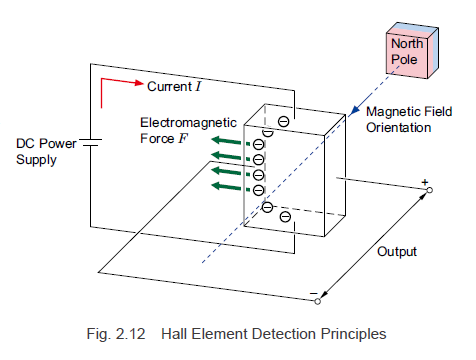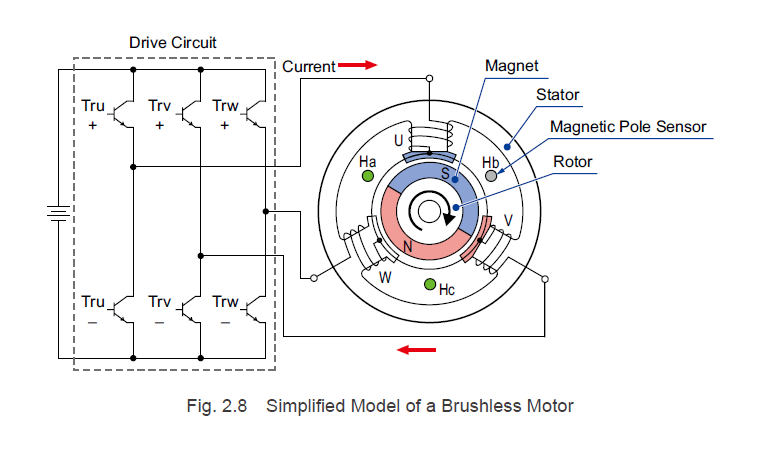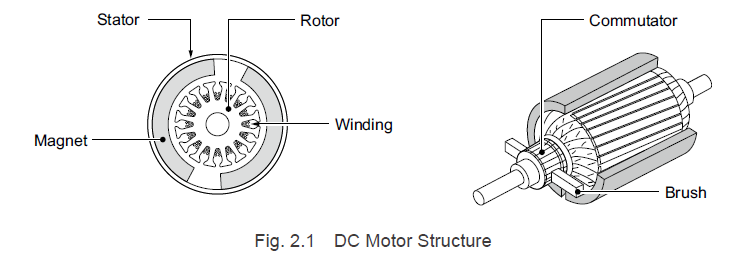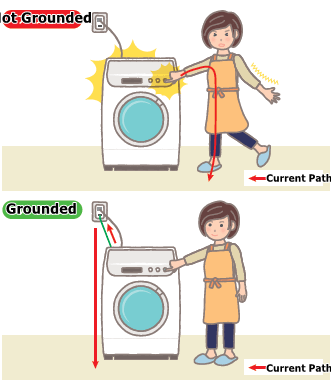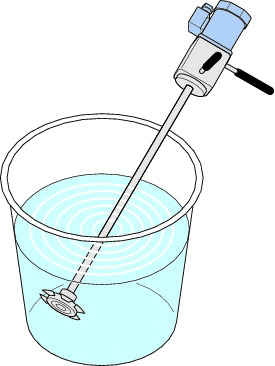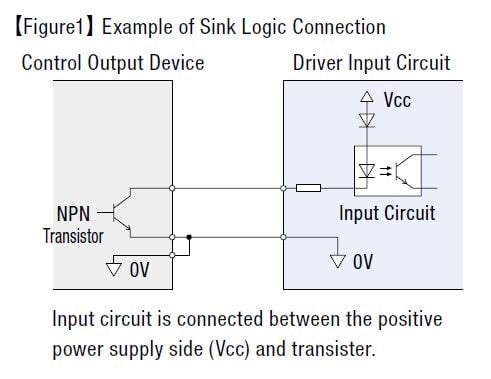In part 4, we will explain the main components of brushless motors: feedback, magnetic field, and permanent magnets.
Welcome to Oriental Motor's "Engineering Notes" Blog:
Products and technology are only valuable when coupled with skilled people and services to support them. Since 1978, ORIENTAL MOTOR U.S.A. CORP. has been building a service and support system to better serve customers. It is our goal to provide the best product and service from the design phase, through the sale and beyond.
Our blog will feature:
- Introduction to new products and technologies
- Motion control basics and application examples
- Tips for motor selection, programming, and troubleshooting
Technical Manual Series: Main Components of Brushless Motors
Topics: Speed Control, BLDC Motors, Technical Manual Series
Technical Manual Series: Brushless Motor Structure and Rotation Principles
In part 3, we will explain the differences in the structure and rotation principles of brushless motors, and compare them to brushed DC motors and AC motors.
Topics: Speed Control, BLDC Motors, Technical Manual Series
Technical Manual Series: Brushed DC Motor Structure and Principles
This is part 2 of the Technical Manual Series for brushless motors, which explains the structure and operating principles for brushed motors for comparison. We will explain brushless motors next.
Topics: BLDC Motors, Technical Manual Series
This is part 1 of the Technical Manual Series for brushless motors, which explains the three main types of brushless motors: inner rotor type, outer rotor type, and disk rotor type.
Topics: Speed Control, VIDEOS, BLDC Motors, Technical Manual Series
The BLV Series is one of two DC-input brushless motor speed control systems we offer. While a brushless motor with hall-effect sensor feedback provides constant torque, wide speed range, and speed regulation, the BLV driver offers unique functions designed for mobile robots, such as low battery operation and ramp operation.
Topics: Robotics, Speed Control, BLDC Motors, Software, Network, Troubleshooting
Grounding Basics: What are the Differences Between PE and FG?
Topics: AC Motors, Stepper Motors, Alphastep Hybrid Control, Linear Actuators, BLDC Motors, Servo Motors, Cooling Fans, Motion Control Basics
Brush DC Motors vs Brushless DC Motors: Which is Better?
My first experience using DC motors was for a small elevator for a science project back in school. Although I had no idea, that day would become only the first day of my experience with motors.
Topics: Speed Control, VIDEOS, BLDC Motors
Minimizing the Effect of Load Fluctuations for Mixers
The viscosity change in liquids can vary the torque required for mixing. For AC asynchronous motors such as AC induction motors, the rated speed is affected by load torque fluctuations, which may cause inconsistency in the final product. Is there a better motor for the job?
Topics: Speed Control, VIDEOS, BLDC Motors, Gearheads, Washdown, Application Examples
Oriental Motor offers many pre-assembled geared motors for quality, consistency, and reliability. In addition, gearheads from our industry partners increase the torque range of our motors further to accommodate more applications. Here are some advantages of geared motors.
Topics: AC Motors, Stepper Motors, Absolute Positioning, Alphastep Hybrid Control, BLDC Motors, Gearheads, Application Examples, Rotary Actuators/Index Tables
Control Basics: The Difference Between Sink and Source Logic
For someone who has never had experience wiring I/O for motion control, it can be scary the first time. If devices are not wired correctly, it can cause a range of issues from a motor simply not doing what's expected to irreversible product damage. I still get that nervous feeling before I press the START button on a demo. Murphy's Law, anyone?
Topics: AC Motors, Stepper Motors, Alphastep Hybrid Control, Linear Actuators, Speed Control, BLDC Motors, Servo Motors, Motion Control Basics
